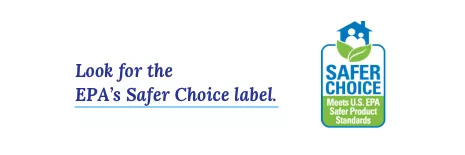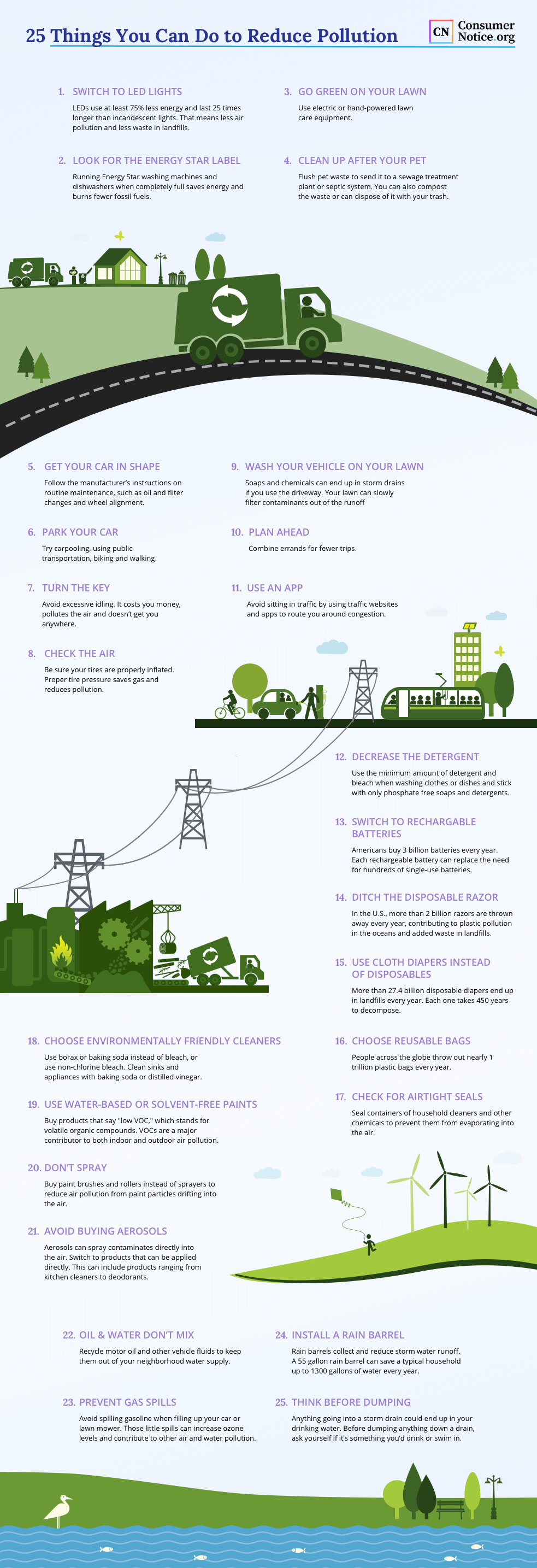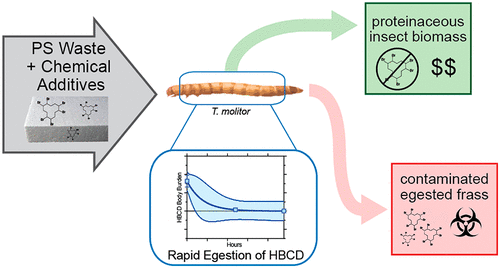
In a pioneering breakthrough, researchers have unveiled an innovative technique to make bioplastics from water hyacinth (Pontederia crassipes) to solve pollution and plastic waste. Leveraging the notorious water hyacinth, an invasive aquatic weed causing havoc in waterways, the scientists have demonstrated a circular approach to tackle environmental challenges.
Revolutionizing Bioremediation and Value-Added Products
Water hyacinth is endemic to South America and was introduced to North America and the rest of the world as an ornamental plant. However, once in the environment, they are infamous for choking waterways, causing damage to ecosystems, and causing over $100 million in annual control costs in the U.S. alone. However, the research team at the University of California, Riverside, led by Dr. Zhiwei Hu, discovered a way to harness the potential of this invasive plant for environmental redemption. Their technique involves using water hyacinth to absorb and break down pollutants from wastewater, addressing excessive nutrient pollution, and then converting the biomass into valuable bioplastics and fertilizer.
“We aimed to tackle two environmental problems — excessive nutrient pollution and plastic waste — with one circular solution,” explained Dr. Hu. “And we discovered the resulting bioplastics from water hyacinth perform on par with standard petrochemical plastics in terms of flexibility, durability, and strength.”
This groundbreaking approach provides a sustainable solution to the environmental issues associated with water hyacinths and offers a valuable resource for manufacturing bioplastics from water hyacinths. The researchers are investigating ways to enhance the experimental bioplastics to enable full industrial substitution for materials like polyurethane in consumer goods.
Turning a Troublesome Weed into a Resource
Fueled by excessive nitrogen and phosphorous levels in surface waters, water hyacinth outbreaks have been wreaking havoc on freshwater habitats. Creating bioplastics from water hyacinths and other valuable products could jumpstart more resilient regional bio-manufacturing ecosystems.
“The collaboration between wastewater treatment plants and our water hyacinth bioremediation technique combined with material generation is under exploration,” noted Dr. Hu. “Scaling this will help relieve stress on conventional plastic supply chains while supporting greener, carbon-conscious manufacturing.”
Towards a Greener Future: Scaling and Collaboration
The potential for scaling bioplastics from water hyacinths holds promise for addressing the challenges posed by water hyacinths and contributing to sustainable manufacturing practices. Water hyacinth is an invasive aquatic plant that can cause substantial ecological and economic damage by outcompeting native species, reducing biodiversity, and impeding water flow.
However, researchers have discovered that the fibrous tissues and polymers within water hyacinth can be extracted and used as feedstock for biodegradable plastics. By repurposing these invasive plants into valuable bioplastics, an immense potential exists for transforming an environmental burden into economic opportunity.
The research showcases the environmental benefits and highlights the economic potential of repurposing invasive plants. Scaling up bioplastic production from water hyacinth could provide a renewable, compostable alternative to conventional petroleum-based plastics.
Water hyacinth is an ideal candidate for sustainable bioplastic feedstock as an abundant and fast-growing invasive species requiring no additional land, water, or nutrient resources. If successful, this approach could present an economically viable alternative to conventional plastic production, supporting ecological resilience through invasive plant control and closed-loop manufacturing powered by renewable plant biomass.
Additionally, the bioplastics from water hyacinths offer promising mechanical properties comparable to polyethylene and polypropylene. The research indicates that water hyacinth bioplastics could replace conventional plastics in various applications. By incentivizing large-scale harvesting of invasive plants, bioplastic production can mitigate ecological damage while meeting material demands.
Unlikely Collaborations: A Key to Sustainable Solutions
The collaboration between scientists and troublesome flora exemplifies the potential for finding solutions where they are least expected. By tapping into the disruptive tendencies of invasive plants, the research opens up new possibilities for environmental redemption and industrial symbiosis.
As the world grapples with pollution and plastic waste, bioplastics from water hyacinths offer hope. It showcases the transformative power of unlikely collaborations and the ability to turn environmental challenges into opportunities for innovation and positive change. The researchers believe that such groundbreaking initiatives could pave the way for a greener, more sustainable future in both environmental conservation and manufacturing.
Source Happy Eco News











